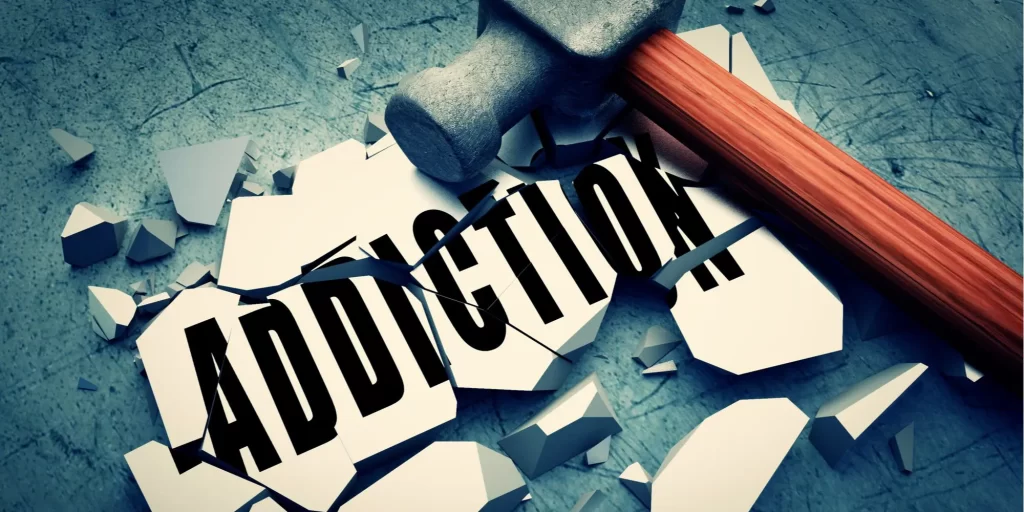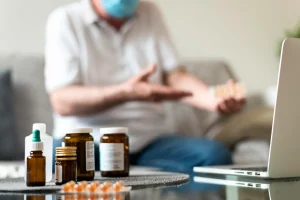Substance Abuse and Addiction Prevention and Treatment

Substance abuse can lead to serious health complications, including cardiovascular and lung disease, mental illness, hepatitis, HIV/AIDS and more. Drug prevention is crucial in helping people avoid such risks and make healthier decisions.
Young users are at higher risk for substance use disorders (SUD). Treatment may help.
Risk factors
Substance abuse risks can be either biological or psychological in nature. Examples of biological risk factors are genetics (having family members with addiction issues), prenatal exposure to drugs and structural changes in the brain. Psychological risk factors include impulsivity and anxiety or depression – with each step up in risk increasing the chances of misuse for longer.
Adolescents who experiment with drugs are frequently driven to do so due to peer pressure. Without parental oversight, children may feel free to explore the world of drugs and alcohol on their own with minimal oversight, increasing their risk. Communities or social groups that accept or even encourage substance abuse increase this likelihood as well.
But just as risk factors differ depending on where someone is in life, protective factors vary as well. Research shows that an individual’s likelihood of using drugs decreases as they succeed at school and find employment; relationships develop; or as they achieve success with school work or employment.
Triggers
Triggers are any events or situations that cause someone to experience the desire for drugs or alcohol, including internal and external sources like people, places, objects, memories and emotions. Recovery requires being aware of one’s triggers so they can try avoiding them if possible while having a plan ready in case one does come up.
Some individuals in recovery find keeping a trigger diary useful, as it allows them to identify specific factors which influence cravings and urges. Furthermore, it may help identify patterns of behavior that could lead to future substance abuse.
As another way of managing triggers, distraction techniques may also help. Examples include exercising, taking a walk, talking about feelings with another person and practicing positive self-talk when encountering negative thoughts or emotions; this helps the individual realize they are stronger than they think and they can push these away without acting on them.
Addiction
Over time, drug misuse can lead to serious health consequences, including heart or lung disease, mental illness and infection with HIV/AIDS and other diseases. Furthermore, drug misuse may damage relationships with family, friends and coworkers as well as income or employment losses; and may even result in dangerous and risky behaviors such as drink driving and unprotected sex encounters.
Addiction is a complex but treatable condition; effective treatments typically include individual and group counselling as well as medications to curb cravings. People living with both mental illness and addiction may require a program designed specifically for both conditions at once.
Prevention programs can assist individuals in learning healthy coping techniques and staying away from drugs and alcohol. There are various preventive services available in your community and hospitals and clinics – these may include education and awareness campaigns, counselling services or treatments as well as finding support groups or hotlines for confidential helpline usage.
Treatment
Long-term drug abuse can have catastrophic health implications, ranging from heart and lung damage, mental illness, infections with HIV/AIDS and hepatitis viruses or even death. Misusing drugs also often creates difficulties at work, school and home life as well as financial troubles that could include lost jobs or mounting debt burden.
Drug addiction can be successfully managed. Treatment options may include medication, counseling and support groups – you can find help and services near you by using our search tool.
Drug addiction prevention programs involve families, schools, communities and media alike in an effort to stop people from abusing drugs by teaching them how to stay off of them and addressing any social or environmental factors which might encourage drug abuse. Certain programs target specific audiences such as youth or girls at risk; others are called universal preventive interventions while still others utilize selective preventive interventions which target individuals showing early symptoms of substance use disorders but who have yet been officially diagnosed.







